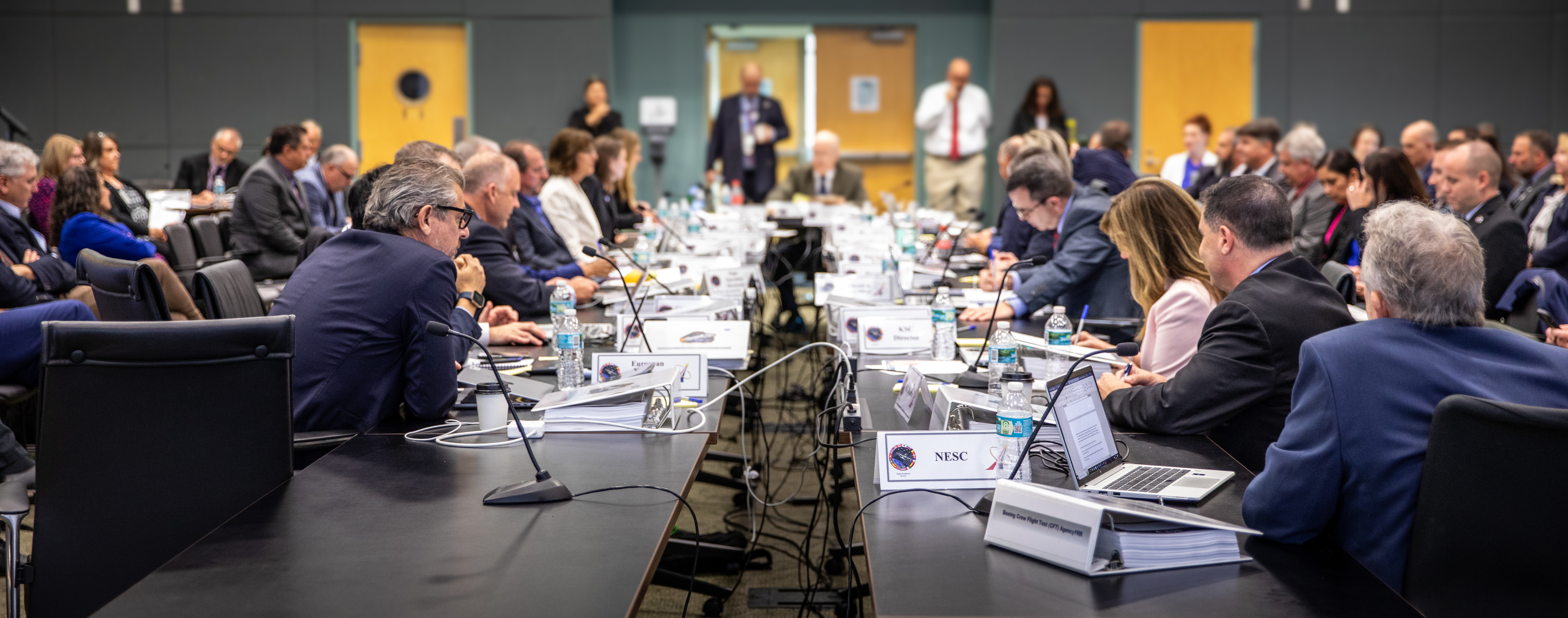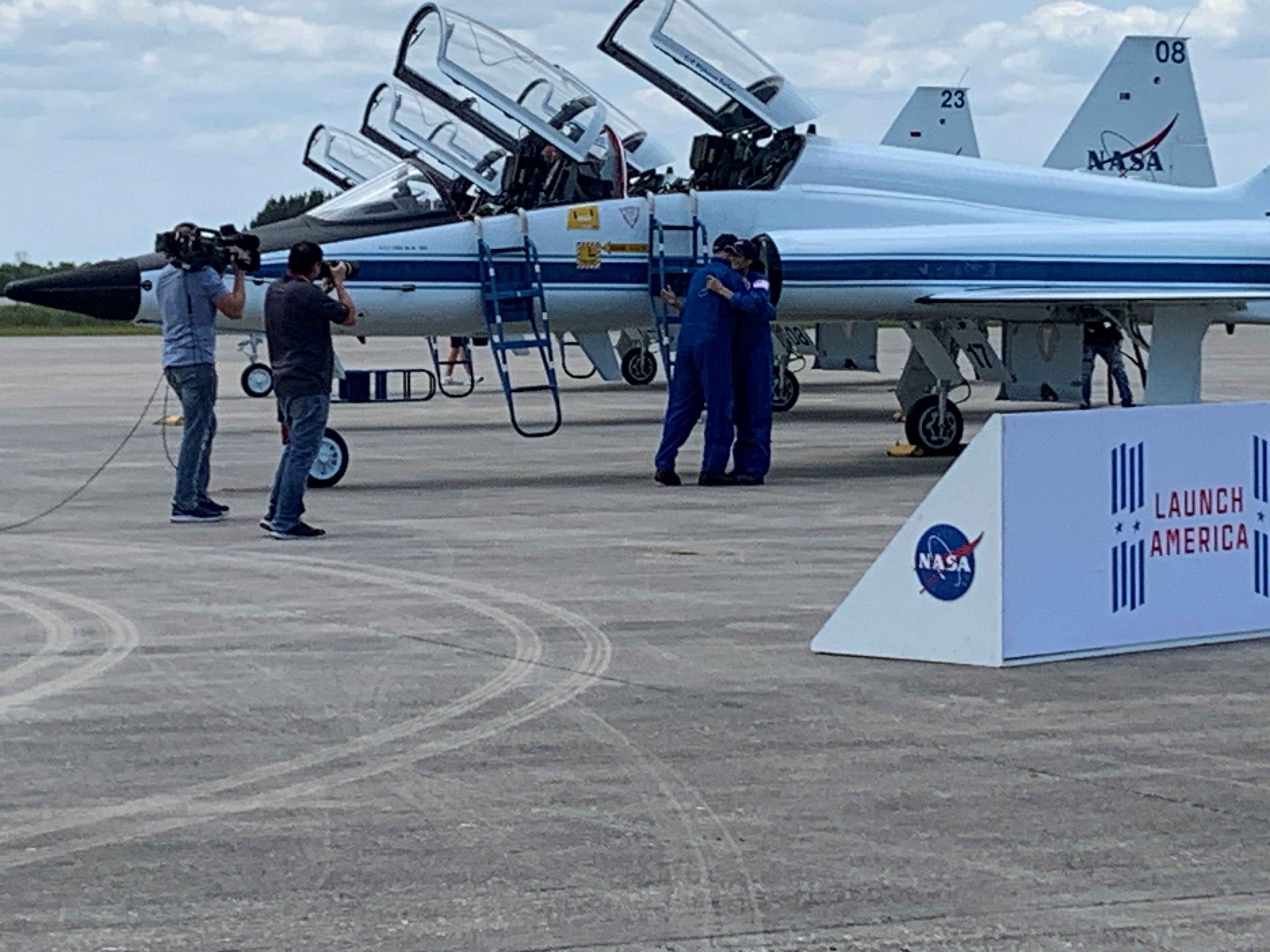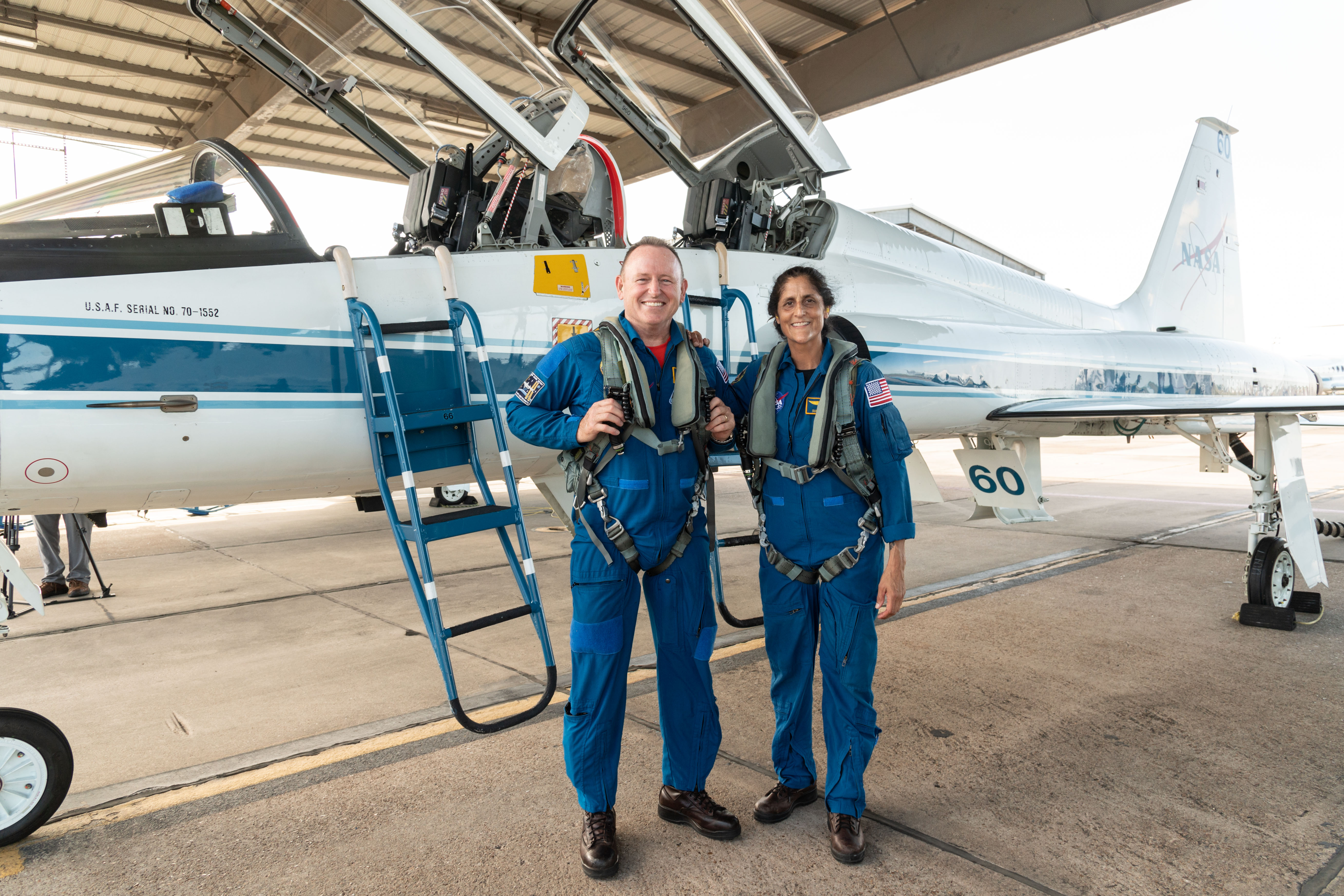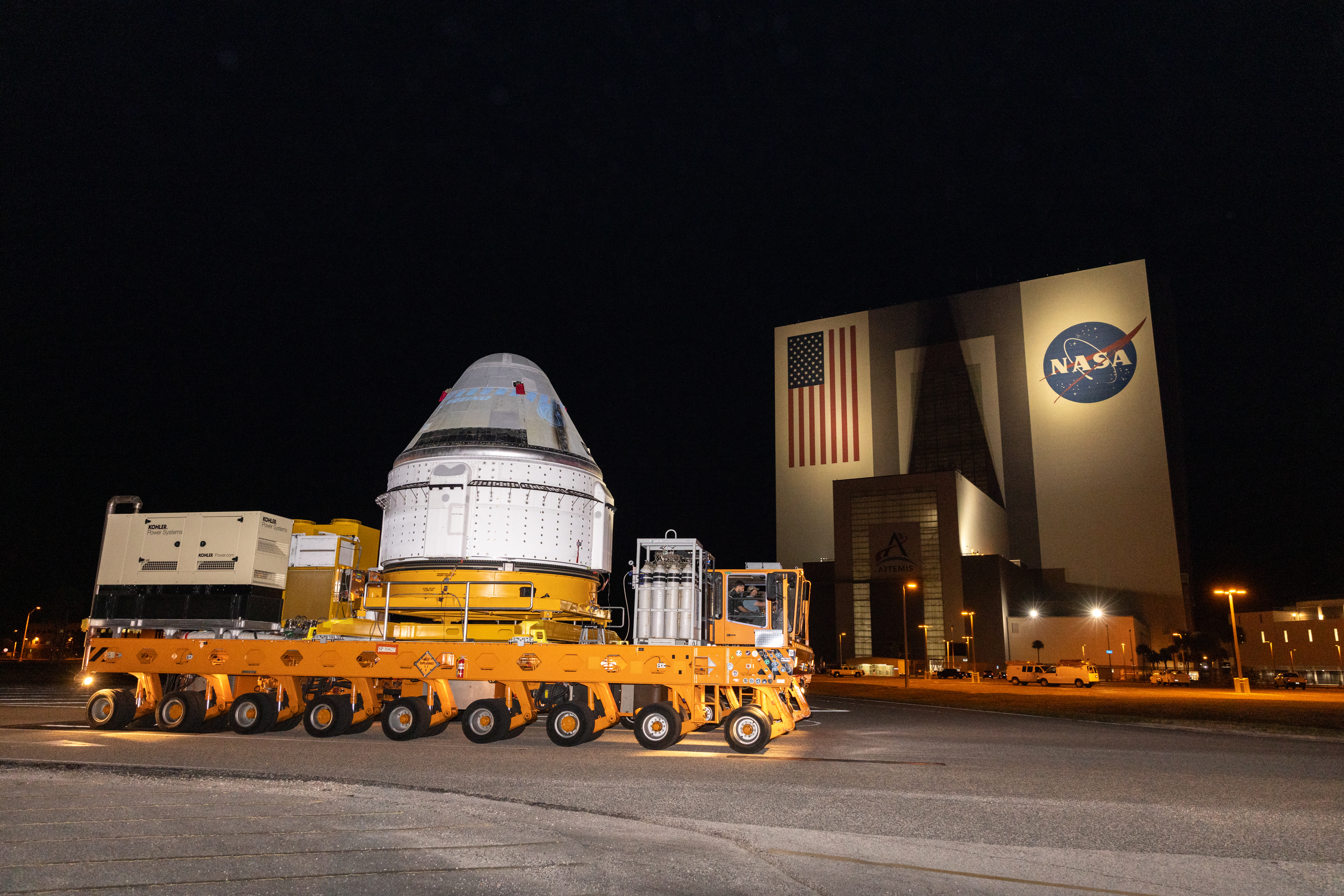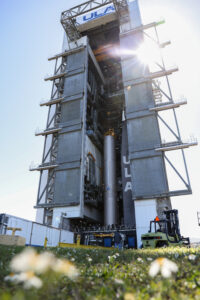
Launch preparations are moving full steam ahead to send two NASA astronauts aboard Boeing’s Starliner spacecraft for the first time to the International Space Station. NASA, Boeing, and ULA (United Launch Alliance) recently completed a start-to-finish mission dress rehearsal on April 26, for the upcoming Crew Flight Test.
The mission will launch NASA astronauts Butch Wilmore, commander, and Suni Williams, pilot, on Boeing’s Starliner on a ULA Atlas V rocket from Space Launch Complex-41 at Cape Canaveral Space Force Station in Florida. Liftoff is scheduled for 10:34 p.m. EDT, Monday, May 6.
During the dress rehearsal, Wilmore and Williams completed a series of launch day milestones including suiting up, working in a flight deck simulator, and operating the same software that will be used during the launch. After loading out Building at NASA’s Kennedy Space Center in Florida and convoyed to the Vertical Integration Facility at nearby Cape Canaveral to run through countdown procedures with the integrated Atlas V rocket and Starliner stack.
The crew will spend about a week at the orbiting laboratory before the crew capsule returns to Earth, making a parachute and airbag-assisted landing in the southwestern United States.
After successful completion of the mission, NASA will begin the final process of certifying Starliner and its systems for crew rotation missions to the space station. The Starliner capsule, with a diameter of 15 feet (4.56m) and the capability to steer automatically or manually, will carry four astronauts, or a mix of crew and cargo, for NASA missions to low Earth orbit.
Learn more about NASA’s Boeing Crew Flight Test by following the mission blog, the commercial crew blog, @commercial_crew on X, and commercial crew on Facebook.

